Unveiling the Kazakh Khanate (15th century) and its Ancestral Threads 🏇🌏
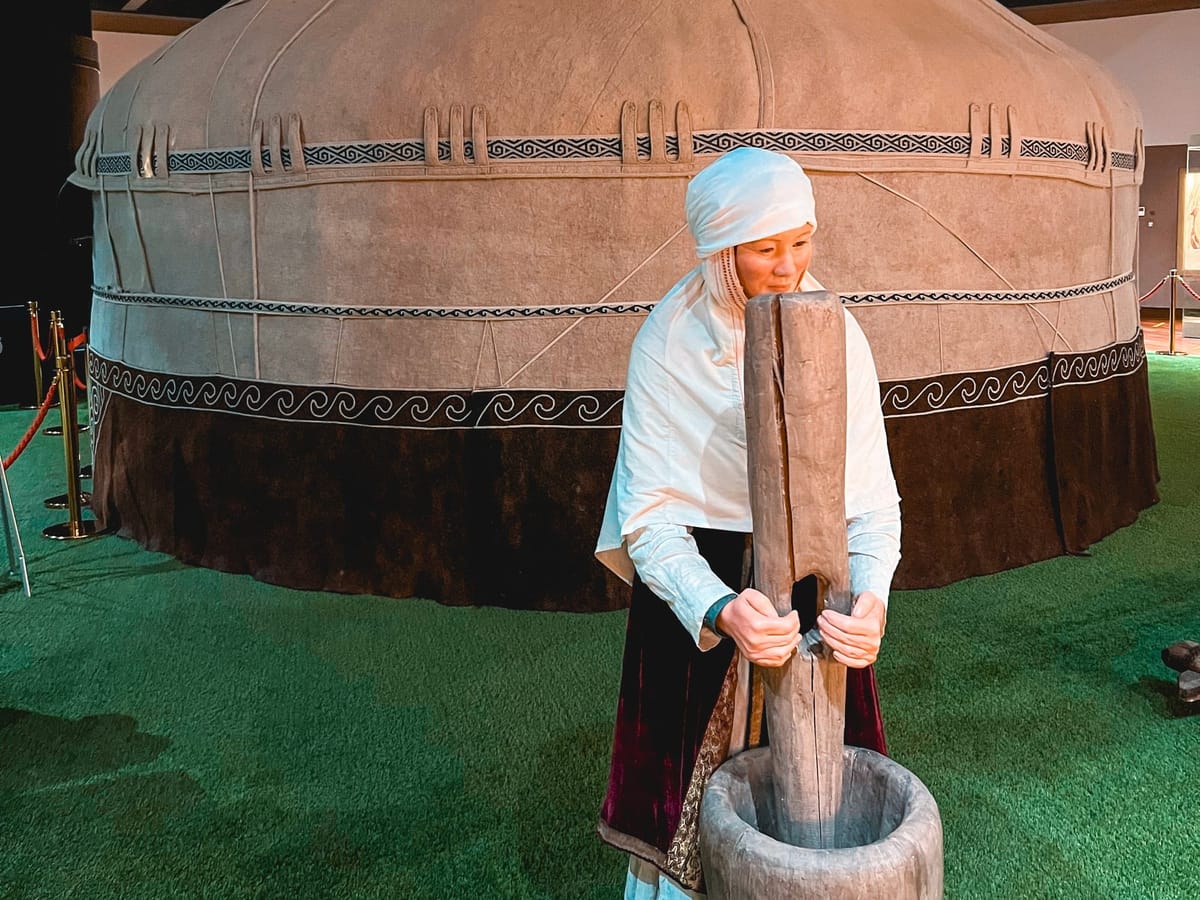
Embarking on a captivating journey through the nomadic corridors of Central Asian history, the Kazakh Khanate stands as a compelling chapter that unfurled its narrative in the 15th century. Orchestrated by visionary leaders like Janybek Khan (Kz: Жәнібек хан / Ru: Жанибек-хан) - 1474 to 1480, and Kerey Khan (Kz/Ru: Керей хан) - 1465 to 1473, this confederation of nomadic tribes emerged as a key player, leaving an indelible mark along the ancient Silk Road connecting the distant realms of China 🇨🇳 and Europe 🇪🇺.
Summary about the Kazakh Khanate (ancestor state to Kazakhstan 🇰🇿, i.e., the land of the Free)
In the 15th century, the nomadic corridors of Central Asian history witnessed the formation of the Kazakh Khanate, a testament to the visionary leadership of Janybek Khan (1474-1480) and Kerey Khan (1465-1473). This confederation of nomadic tribes unfolded its narrative along the ancient Silk Road, connecting China and Europe. At its peak, the Kazakh Khanate marked an era of strength and influence, shaping the destiny of Central Asia. The nomadic Kazakhs, drawing inspiration from their Turkic forebears, showcased adept horsemanship and trading acumen, becoming integral players in the historical symphony of the region. The Khanate's nomadic continuity found expression in a delicate balance of ethical values, including meritocracy, religious tolerance, and profound respect for the nomadic way of life. These principles, inherited from Genghis Khan and the First Turkic Khaganate, influenced the governance and leadership style of Kazakh society.
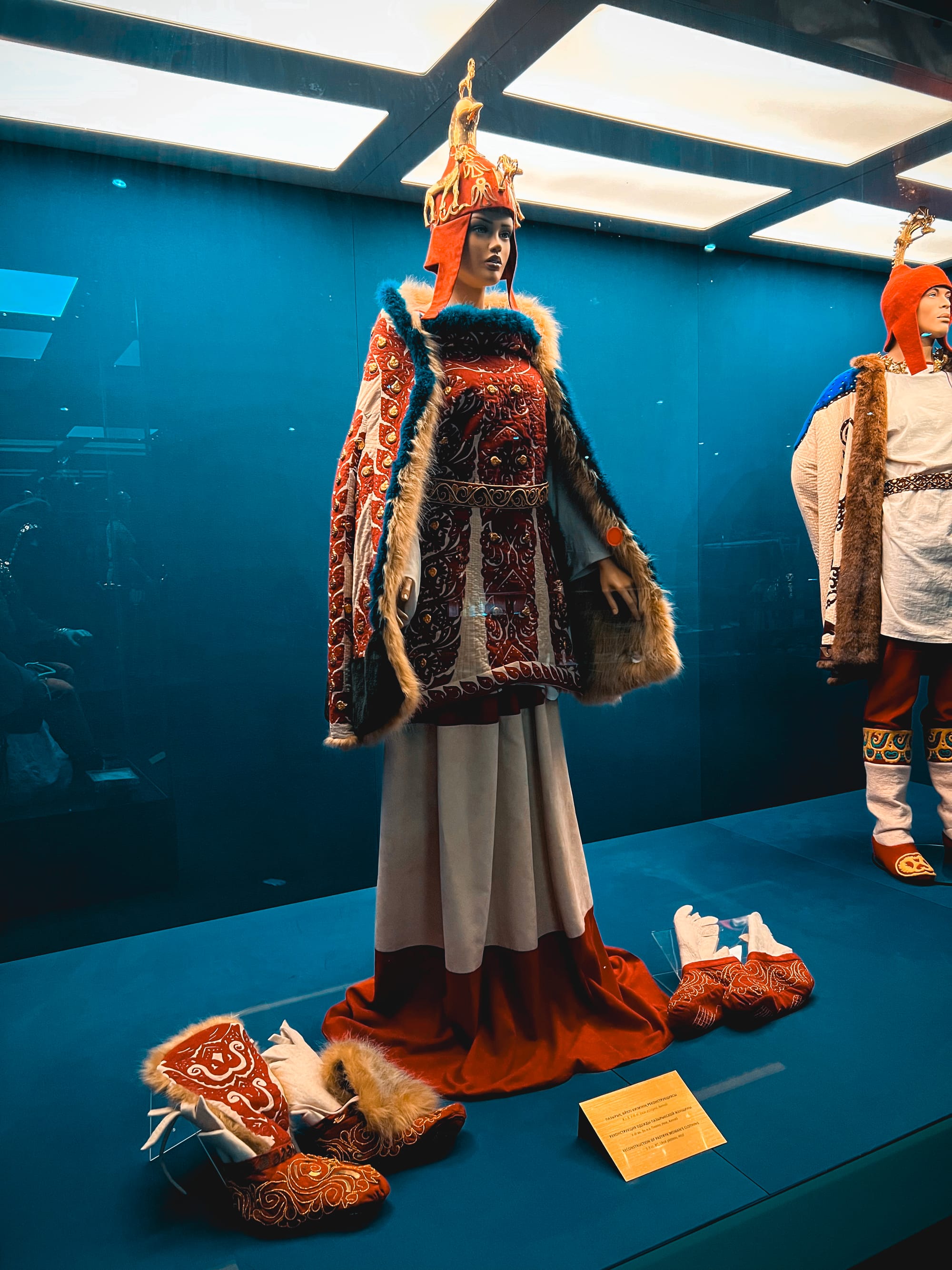
Traditionally, the Kazakhs adhered to a nomadic lifestyle, and their customs were deeply intertwined with the vast steppes they traversed. The nomads' food predominantly consisted of dairy products, meat from their livestock, and grains. Central to their sustenance was kumis, a fermented mare's milk, and shubat, fermented camel's milk, both rich sources of nutrients essential for the nomadic lifestyle. Their tools reflected a practical approach, with a reliance on items crafted for survival in the open steppes, including sturdy leather clothing, felt tents known as yurts, and durable saddles for their horses.
In terms of culinary traditions, the Kazakhs had a distinctive cuisine shaped by their nomadic lifestyle. The traditional dish, beshbarmak, holds cultural significance, featuring boiled meat (usually lamb or beef) served over pasta sheets and topped with onions. Additionally, the nomads utilized sheepskin for creating vessels such as shanyraks (a circular wooden frame covered with felt or leather) and kese (a leather bag used for storing and transporting goods).
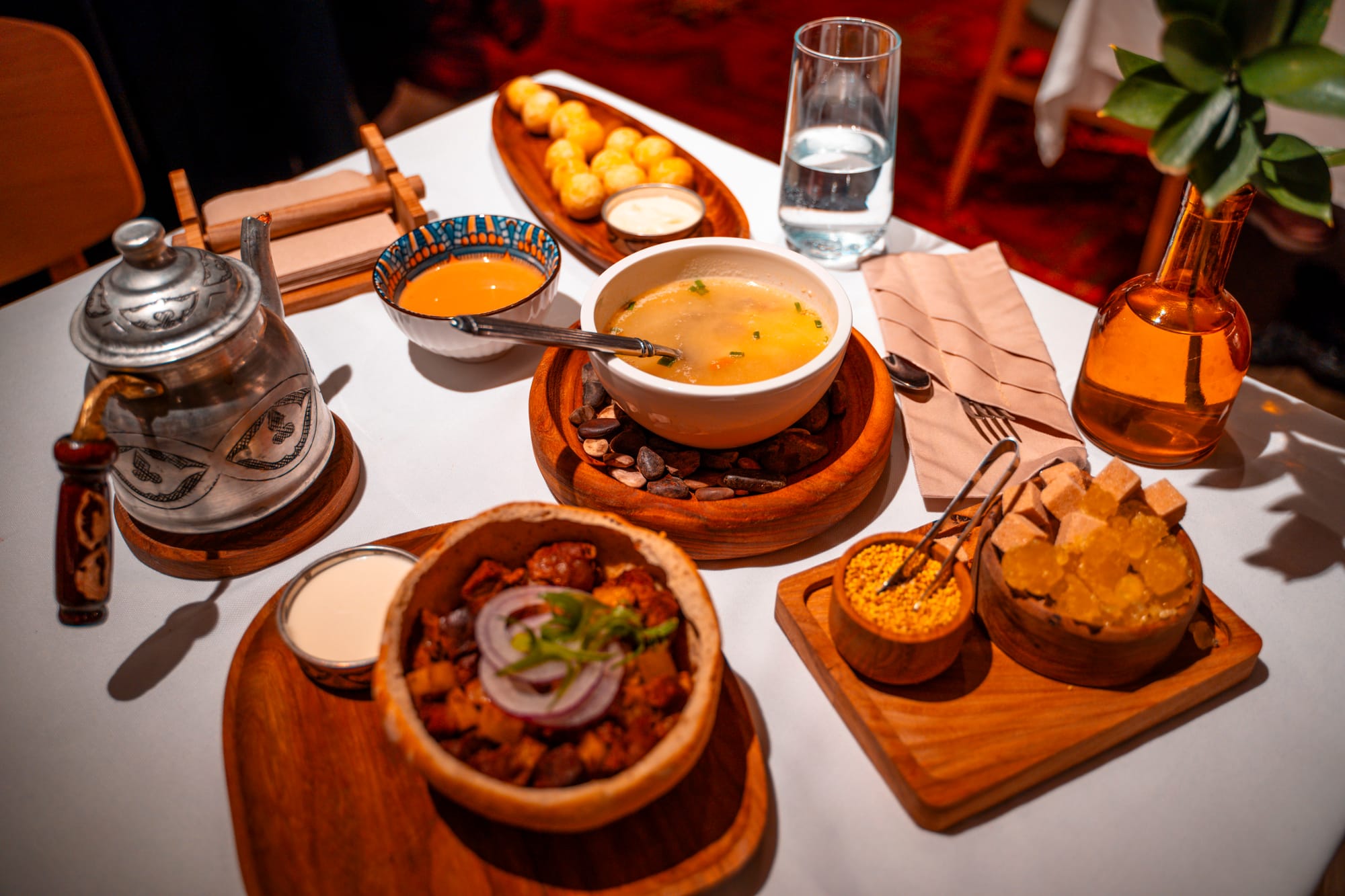
By the early 1800s, the Kazakh Khanate faced the ominous shadow of the Russian Empire. The era brought forth significant challenges, including forced collectivization and the suppression of the nomadic way of life. Kenesary Khan, a prominent Kazakh leader, emerged as a key figure during this tumultuous period. His efforts to resist Russian encroachment and preserve Kazakh autonomy reflected the enduring spirit of the nomadic people. However, the Khanate's decline marked a transformative phase, as the Kazakhs grappled with external pressures that would eventually shape their trajectory into the modern era.
But where does the Kazakh Khanate come from?🏹🌟
As we delve deeper into the nomadic tapestry, the threads that connect the Kazakh Khanate (15th - 19th century AD) reach back to the First Turkic Khaganate (6th century AD), a precursor state that laid the groundwork for the nomadic way of life in the vast steppes. The principles of adaptability, mobility, and strength in unity, which characterized the First Turkic Khaganate, became the foundational pillars for the rise of the Kazakh Khanate.
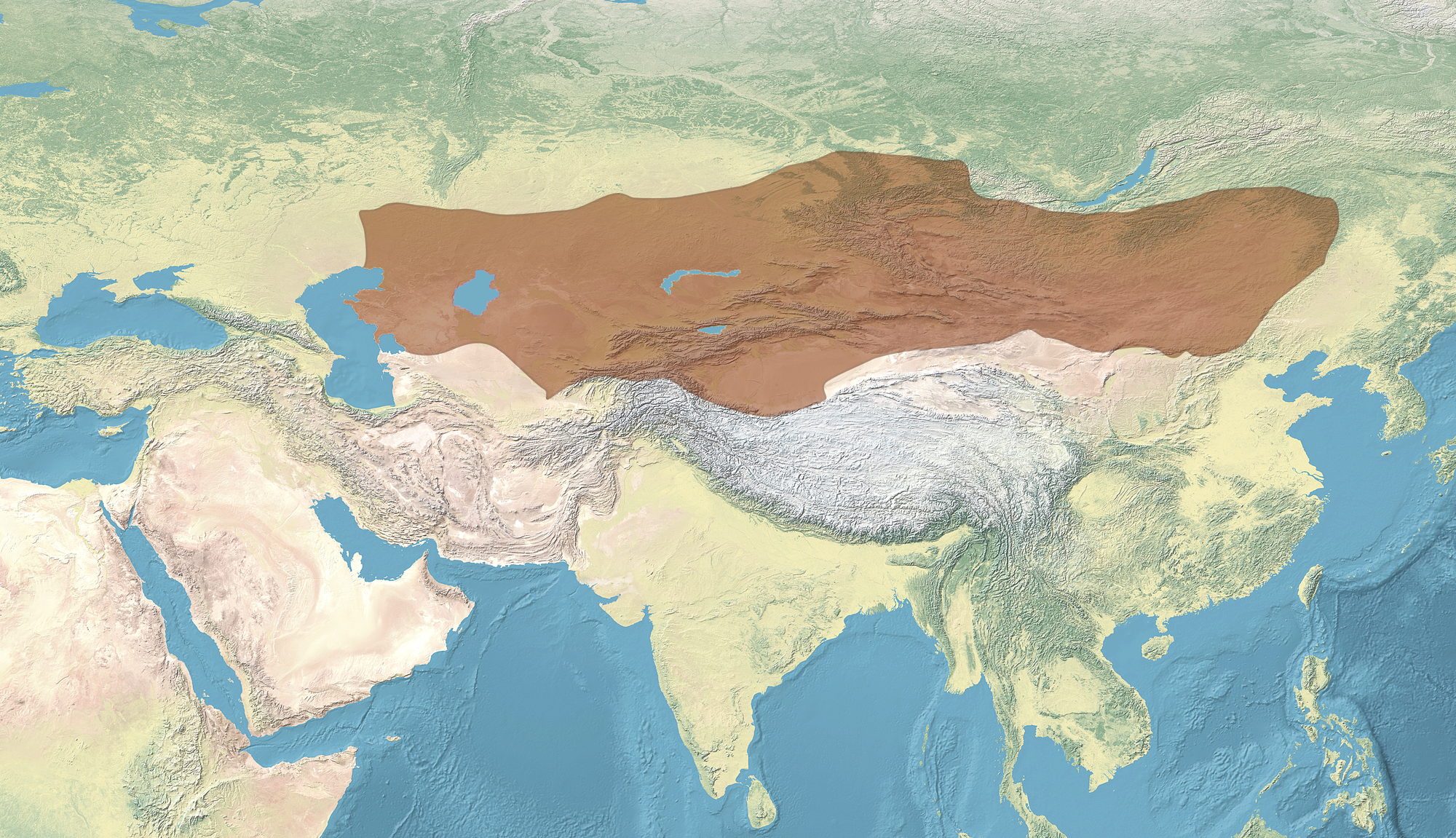
Then the first Turkic Khaganate split, into the West/East Turkic Khaganates, or the Goktürk Khaganates at their height, c. 600 AD, stretching from the Sea of Japan (Western Pacific Ocean) to the Black Sea in Europe (Crimea), circa 600AD.
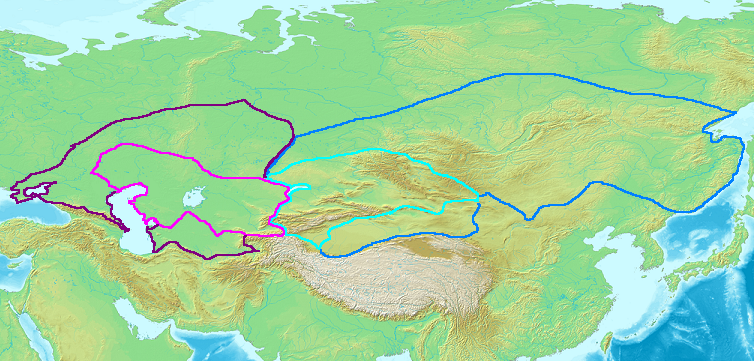
Nomadic Continuity (Fast forward to 1400s): Shaping Political Landscapes along the Silk Road 🌟🏞️
In the nomadic tapestry of the Kazakh Khanate, the ethical threads woven find continuity not only from Genghis Khan and their Turkic ancestors but also from the indomitable spirit of the First Turkic Khaganate. Meritocracy, religious tolerance, and a deep respect for the nomadic way of life were shared values that traversed time, influencing the governance and leadership style of the Kazakh society. The delicate dance of diplomacy and occasional conflicts with neighboring nations mirrors the power struggles faced by the First Turkic Khaganate—a continuum from the past shaping the present.
Central to the Khanate's influence was its strategic role in the geopolitical chessboard of the time. The nomadic Kazakhs, drawing inspiration from their Turkic forebears, showcased adept horsemanship and trading acumen, becoming pivotal in the complex interactions among neighboring states and empires. Their presence, continuing the nomadic legacy, shaped political landscapes and trade routes, establishing them as integral players in the historical symphony of Central Asia.
Echoes of Fear: Nomadic Archers in the Kazakh Khanate 🏹, Battlefield Traditions and Swift Movements ⚔️
The echoes of the Kazakh warriors' swift and elusive attacks traverse time, resonating with a sense of awe and fear. As they covered open terrains with finesse, the military prowess of the Kazakhs became legendary. The Kazakh Khanate's military techniques weren't just about battles won; they were a testament to a nomadic way of life that conquered vast landscapes and instilled fear among those who dared stand against them.

Genghis Khan's legacy not only guided their ethical compass but also influenced their military strategies. The Kazakh Khanate's military techniques, a spectacle of nomadic prowess—skilled horsemen and archers, masters of hit-and-run tactics—were a direct continuation of the battlefield traditions laid out by their Turkic ancestors. Swift and elusive, their mobility struck fear into the hearts of adversaries, showcasing a military heritage echoing across millennia.
Nomadic Continuity into Modernity: Kazakhstan's Geopolitical Significance 🌐🌱
As the Silk Road winds through the corridors of history, the Kazakh Khanate's influence reverberates into the present. Kazakhstan, with its vast energy resources and strategic location, maintains a connection between its nomadic history and the contemporary dynamics of international relations. The nomadic spirit, woven through the Kazakh Khanate and its ancestral threads, continues to shape the intricate fabric of Central Asian history. 🇰🇿

Stay tuned for the next chapter, as we delve deeper into the nomadic legacy and explore the enduring influence of the Kazakh Khanate. The journey continues, unveiling more layers of history, culture, and the nomadic spirit that has left an indelible mark on the landscapes of Central Asia. 🌍✨
📍Astana, Kazakhstan 🇰🇿 - "River Newsletter"